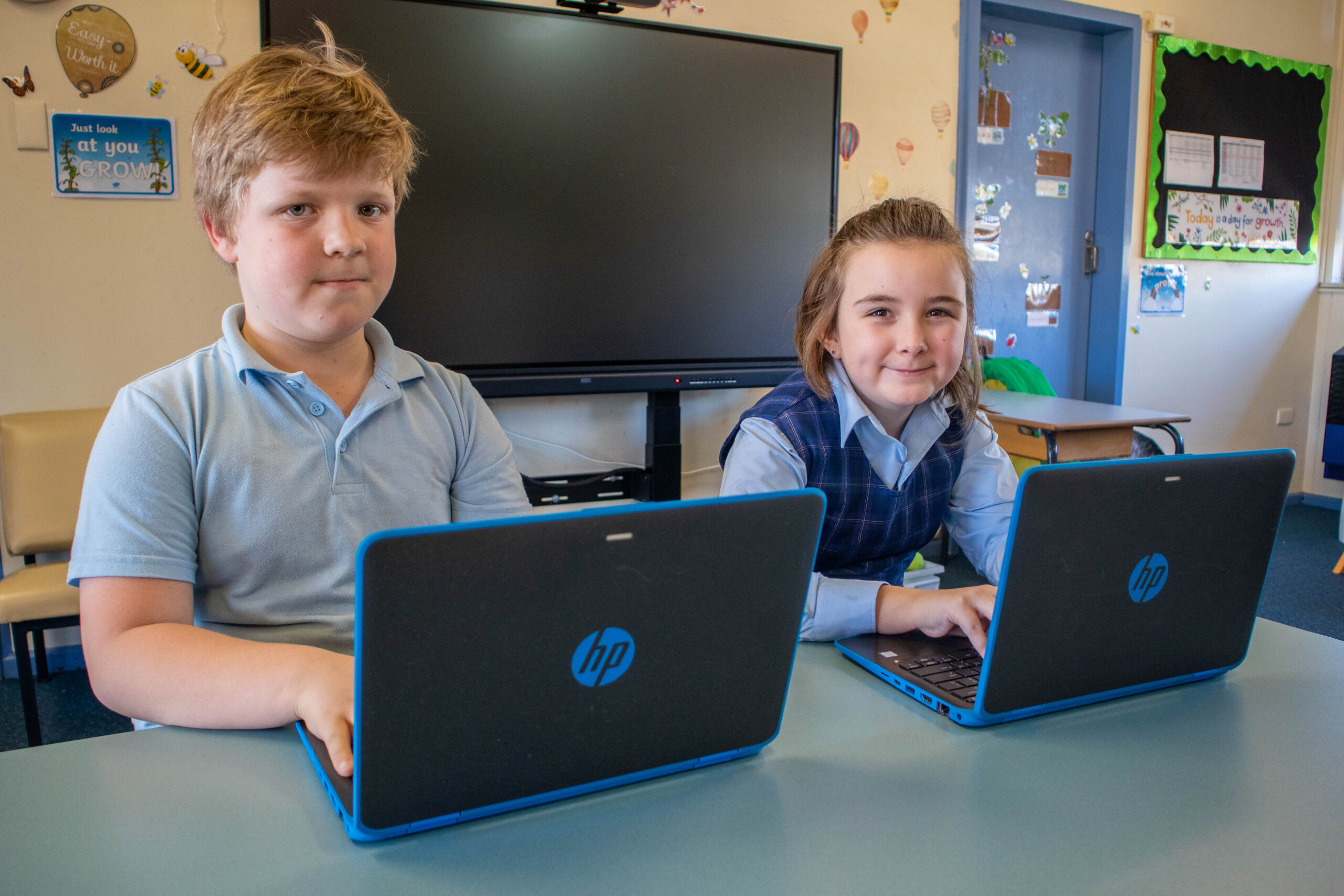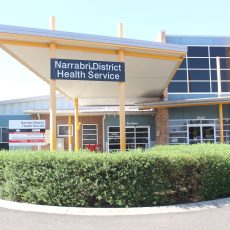The NSW government’s Department of Education is rolling out its Rural Access Gap program in all regional schools across the state.
Under the $365.8 million scheme, rural and remote schools are set to benefit from stronger, more responsive and reliable distance education platforms, with new infrastructure to support high-performance web-conferencing and collaboration tools.
Along with internet enhancements, the program will also provide learning space and platform upgrades, more tech support (both external and on-site), simplified admin processes, targeted training, better tools and more time to focus on students.
The digital upgrade is currently in process, following successful pilot programs being held in the Dubbo, Narrabri and Northern Border regions.
Narrabri Public School’s Marion Tame said the trial across the local shire, and now rollout nationally, is a great asset for regional students.
“The first stage pilot program means that we, as a school, now have the technology to deliver digital platforms within our teaching and learning models,” she said.
“All of the schools in the Narrabri Shire now have a main learning device, which is an interactive touchscreen tool that features video connectivity – that means we can tap into new resources that were previously unavailable to us.”
Mrs Tame used a recent example from Narrabri Public School, in which students were able to use the new main learning device to experience the Australian Library and Information Association’s (ALIA) National Simultaneous Storytime.
“Kids in classrooms all across Australia gathered in front of the screen at the same time to hear from astronaut Dr Shannon Walker from the International Space Station,” she said.
“Dr Walker read Philip Bunting’s book, Give Me Some Space, to the children for ALIA’s 2021 event – it was very exciting.
“We had the kids dress up for the occasion and take part in the shared learning experience, one that extends beyond their own town, and that wouldn’t have been possible without this new technology upgrade.
“Another example of the capabilities made possible thanks to the main learning device is our year six students, who have been able to undertake new physics experiments that combine technology and learning.
“But the tool is benefiting students of all ages, with our stage one classes remotely accessing the Taronga Zoo for lessons on the furry friends being cared for by the zoo.”
As well as the main learning device, the technology upgrade will see school’s have access to digital classroom officers.
Mrs Tame says these individuals will mentor staff and assist with running the new programs and equipment, in order to expand teacher capabilities.
“For our school, our digital classroom officer is helping our teachers learn more about technical areas like coding and robotics,” she said.
“Our staff have a lot more opportunity for professional development more broadly too, since we can access online learning rather than travelling three or four hours for an out-of-town seminar.”
“The new technology lets us tap into those collaborative teaching experiences from the comfort and safety of our local area.”
“On top of that, we’re better connected in terms of administration – we’re now able to access invaluable data about teaching and learning.”
“That data can help us identify new ways of doing things, allowing us to streamline learning and enable more effective methods and systems.”
As NSW case numbers continue to rise, Mrs Tame says the technology upgrade will be a great asset during a lockdown.
“We have capabilities now that we didn’t have when the pandemic hit last year,” she said.
“When we first started remote learning, we were largely forging a new path on our own, but now we have better understandings and resources to achieve success if the COVID situation worsens.”
“We can now access platforms like Google Classroom and Zoom to make sure classes are as close to the face-to-face standard our students are used to.”
“However, we’re aware that not all students have access to digital connectivity at home, so if we switch to remote learning we’ll still utilise both digital and paper classwork.
“While our school has been lucky enough to get those internet upgrades, not all homes in the area have the same level of online access.”
Mrs Tame noted that the internet enhancements under the Rural Access Gap program mean that the wi-fi capabilities at the school are now solid and reliable.
“And Narrabri Public School will be lucky enough to get an upgrade again later this year, which will take our internet speed to four times faster than it currently is,” she said.
“When you’re looking at that kind of investment, you can imagine just how big a difference this will make for the students.”
Mrs Tame says the technology upgrade will ultimately strive for better equity between regional schools and their metropolitan counterparts.
“The program is really opening up the classroom and giving our students those interactive experiences and learning opportunities that may not be available locally,” she said.
“It allows our schools to build up their technology-related capacities, in order to enrich the teaching and learning experiences.”
Deputy Premier and Minister for Regional NSW, John Barilaro, also believes the program will ensure students living in the bush have the same access to technology as the city.
“The Rural Access Gap program will provide our rural and remote schools with superior connectivity, unparalleled in the country,” Mr Barilaro said.
“This means that teachers in our regions have the tools, training and support they need to deliver lessons in ways not possible before.
“This is about ensuring students have access to an education without boundaries.”
Minister for Education and Early Childhood Learning, Sarah Mitchell, says the Rural Access Gap program connects students and teachers to the best educational resources available through cutting edge learning and teaching technology.
“Our commitment to regional students is that they have equal access to educational resources and modern equipment, no matter where they live,” Ms Mitchell said.
“Technology allows us to do this.”
“More than 30,000 devices, including laptops and video-conferencing facilities, will be added to the network as part of the first round, with more to follow.”
Mrs Tame says the Narrabri Public School is looking forward to continuing making the most of the new technology.
See more like this:
- Narrabri Public School meet and greet | PHOTOS
- Narrabri Public School fete
- Narrabri Eisteddfod finishes strong with speech and drama









